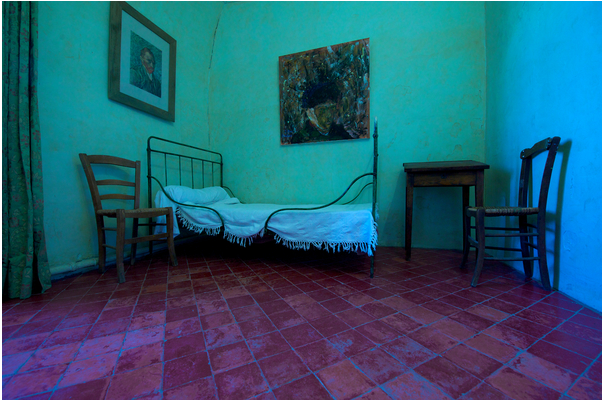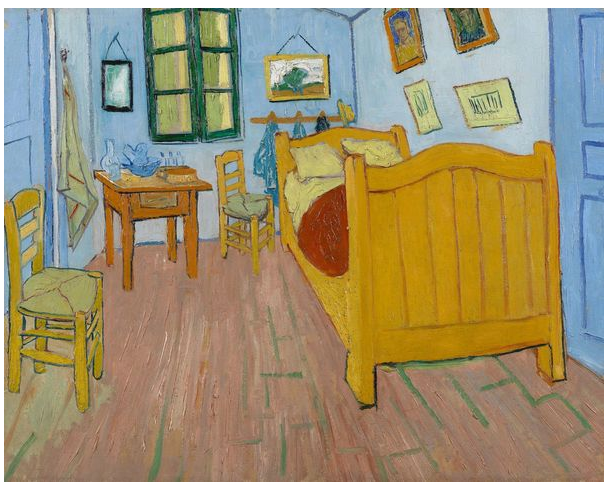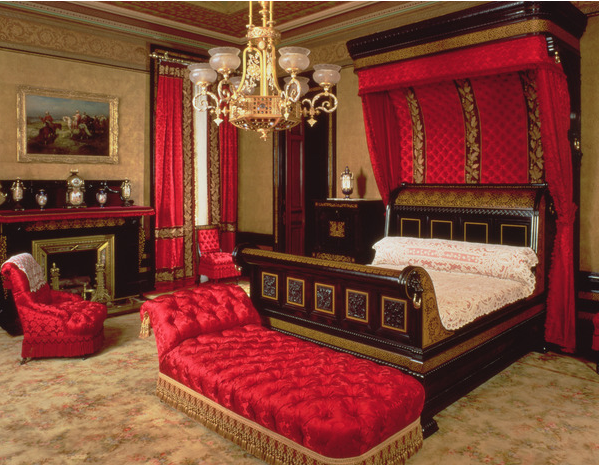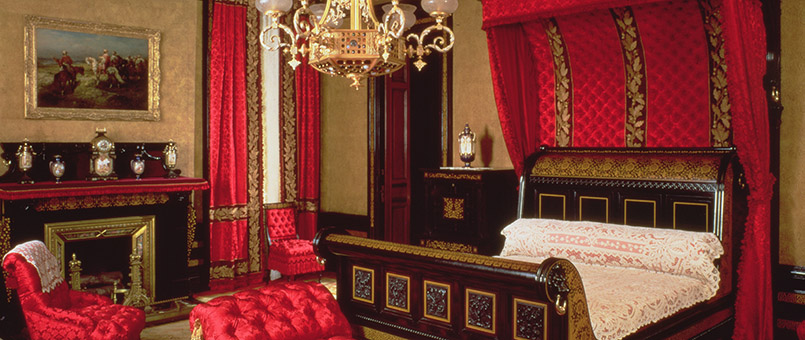
The Stories behind the Bedrooms
Whether you’re royalty or struggling to make ends meet we all need to sleep and therefore need a bedroom. These are the secret spaces of our lives. Or not so secret spaces – we’ve compiled some of the stories behind the bedrooms.
Pope Pius XII (Eugenio Pacelli) 1939-58
Now Pope Pius XII was the Pope during the Second World War. Though he did not publicly express his concerns over the Nazi attitude towards Jews he did hide them in The Apostolic Palace in Vatican City. During the war he hid 477 Jews. Hiding someone for a short period of time has challenges but hiding someone for months or years brings new ones all together, such as where someone gives birth. This room was where all the women under his care gave birth whilst in hiding!
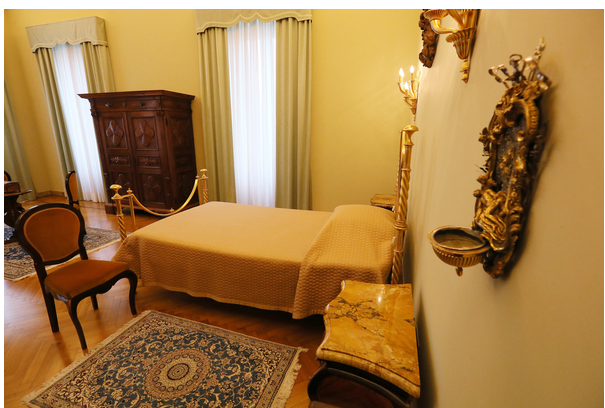
The Apostolic Palace in Castel Gandolfo, Italy, 2016/ Mondadori Portfolio/Archivio Grzegorz Galazka/Grzegorz Galazka
Katherine Parr is most famous for her marriage to King Henry VIII in the 16th Century. Before she caught the attentions of the King, she had fallen in love with Thomas Seymour (the brother of Henry’s fourth wife, Jane). This was her bedroom once Henry had died, after which she had married Seymour and moved to Sudeley Castle, Gloucester. Here she became pregnant with her first child, a daughter named Mary. However, the pregnancy took a bad turn and a few days later she died.
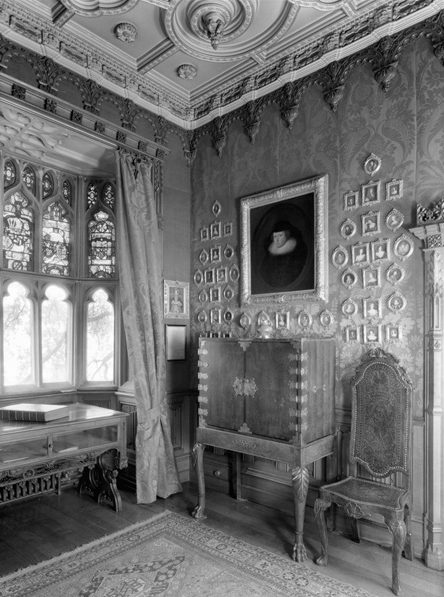
Katherine Parr’s bedroom, Sudeley Castle, Gloucestershire, from ‘Country Houses of the Cotswolds’ (b/w photo), English Photographer, (20th century) / © Country Life / Bridgeman Images
This room holds a similar story – it was the last room slept in by Hitler. It was his bedroom in the bunker he lived in beneath his Head Quarters from January 1945 until his death. He died in April when he committed suicide in his study with his wife, Eva Braun, whom he married days earlier.
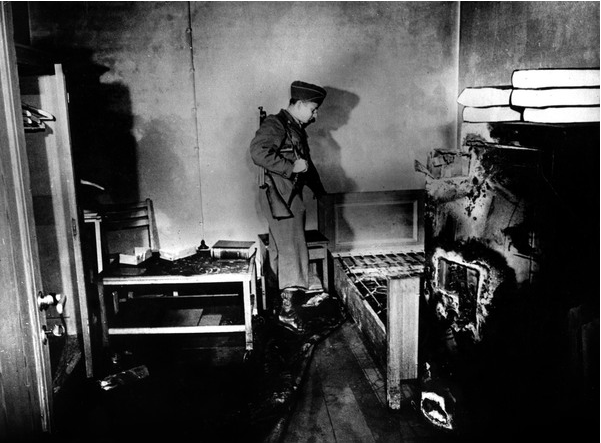
It’s in this shelter in Chancellorship cellars of the Reich in Berlin that hitler took refuge during last raids before capitulation of Germany in 1945 : here the bedroom of the Fuhrer, photo NARA / Photo © Tallandier / Bridgeman Images
This is one of the many bedrooms of Marie Antoinette. Her father-in-law built a château in the gardens of the Palace of Versailles, which was given to Marie after he died. This château was called The Petit Trianon and Marie made it her own. However, during the French Revolution it became a hostel. It has since been restored and has become a museum dedicated to her.
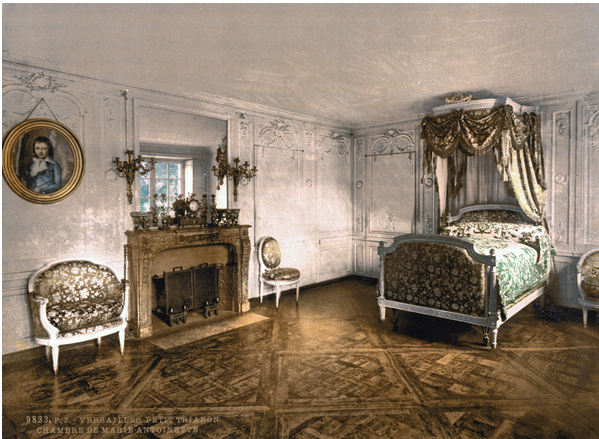
VERSAILLES: CHAMBER Chamber of Queen Marie Antoinette in the Petit Trianon at the palace of Versailles, France. A painting of her son, King Louis XVII, hangs at left. Photochrome, c.1900. / Photo © Granger
Floyd Burroughs had a very different lifestyle to Marie. Floyd and his family were photographed by Walker Evans when Evans was commissioned to document the life of tenant farmers during the Great Depression. These images depict the bedroom in their house north of Greensboro, Alabama. The Boroughs were endebted to their landlord and were one of three families who picked cotton on a dry hillside.
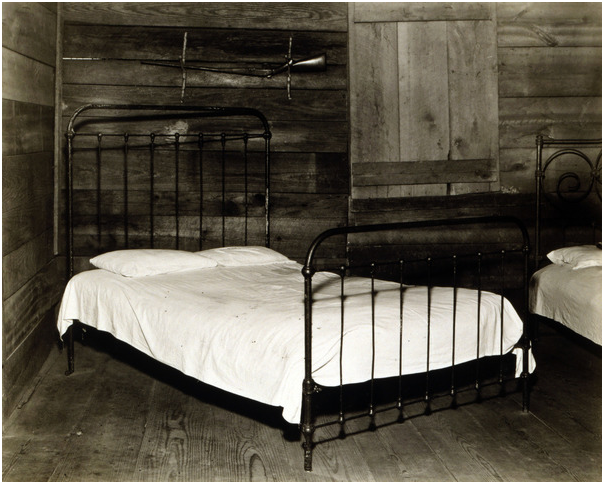
The bedroom of Floyd Burroughs, cotton sharecropper, Hale County, Alabama. Hale County, Alabama. Published in the book, ‘Let Us Now Praise Famous Men’. photograph by Walker Evans, 1936 / Photo © Everett Collection
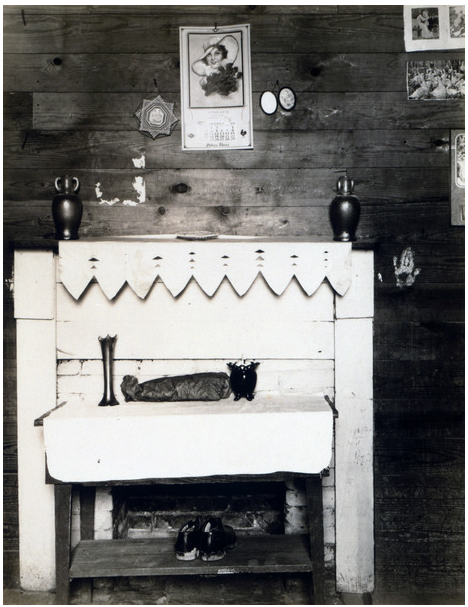
Fireplace in the bedroom of Floyd Burroughs, cotton sharecropper, Hale County, Alabama. Hale County, Alabama. Published in the book, ‘Let Us Now Praise Famous Men’. photograph by Walker Evans, 1936 / Photo © Everett Collection

